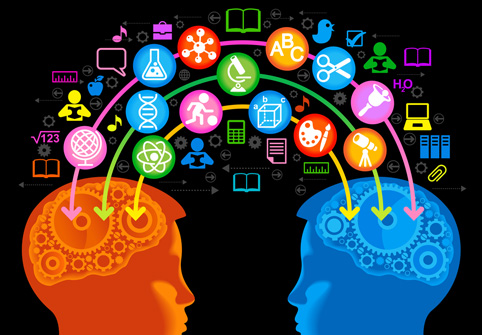The Economist
Many colleges and universities were started in India for removing regional imbalances and for supporting education of weaker and disadvantaged classes, particularly of women. These institutions and other developmental programs for weaker classes are still facing resource constraints, which are further aggravated by ignorance, poverty and disadvantages of the people they serve. This is resulting in widening divides and in keeping many educated from weaker and disadvantages sections outside the job and employment markets. The challenge of these marginalized and deprived to the system of education is enormous.
Weak linkage of education with developmental processes is creating frustration amongst graduates when they find that education is not so useful in employment and in work situations. A challenge is to transform the system from its present model of education to developmental education linking education to developments in society, industry and services sectors.
Global Competitiveness: The competition will essentially be for offering quality education recognized at the International level and relevant to the local needs The major issue is how to raise the quality and standards of Indian education and make it globally competitive, locally relevant and enable it to offer marketing paradigm appropriate for developing societies.
High disparities in educational standards and quality of education offered by Indian universities and colleges is of great concern to all National and global competition may create problems of survival of weaker universities and colleges
High cost of higher education: The unit cost of traditional education, particularly of professional education, is quite high and has gone out of reach of the Indian middle and lower classes. Many private entreprenuers have started educational institutions for offering creamy courses with marketing approach; and have raised fees not affordable to majority. Subsidy to the education by the state is not the right solution in the present situation, when numbers aspiring for higher education is large and ever increasing.
Online learning
Productivity growth in IT-producing industries has steadily risen in importance, generating a relentless decline in the prices of IT equipment and software. This decline in IT prices is rooted in developments in technology that are widely understood by technologists and economists.
Technological innovation, long a hallmark of academic research, may now be changing the very way that universities teach and students learn. For academic institutions, charged with equipping graduates to compete in today’s knowledge economy, the possibilities are great. Distance education, sophisticated learning-management systems and the opportunity to collaborate with research partners from around the world are just some of the transformational benefits that universities are embracing.
But significant challenges also loom. For all of its benefits, technology remains a disruptive innovation and an expensive one. Faculty members used to teaching in one way may be loath to invest the time to learn new methods, and may lack the budget for needed support. Here we examine the role of technology in shaping the future of education. The major findings are as follows:
Technology has had and will continue to have a significant impact on education. In fact, technology will become a core differentiator in attracting students and corporate partners. Online learning is gaining a firm foothold in universities around the world. More than two-thirds of respondents from academia say that their institutions offer online courses. Many of them, especially those with a public-service mandate, consider online learning key to advancing their mission, placing advanced education within reach of people who might otherwise not be able to access it.
Corporate-academic partnerships will form an increasing part of the university experience, at a time when locating funding and controlling costs are key concerns, and when only one-quarter of university chief information officers (CIOs) have a place at the table when it comes to setting strategy. To attract corporate partnerships, institutions will need to demonstrate a commitment to advanced technologies.
With appropriate models of development and delivery it is possible to employ IT driven education to achieve:
- Access and success to all Substantial cost reduction.
- Quality education for all Just-in-time education.
- Learner autonomy: The learner autonomy would employ learner freedom in deciding the goals, content and outcomes of education and the path of development to achieve the goals.








